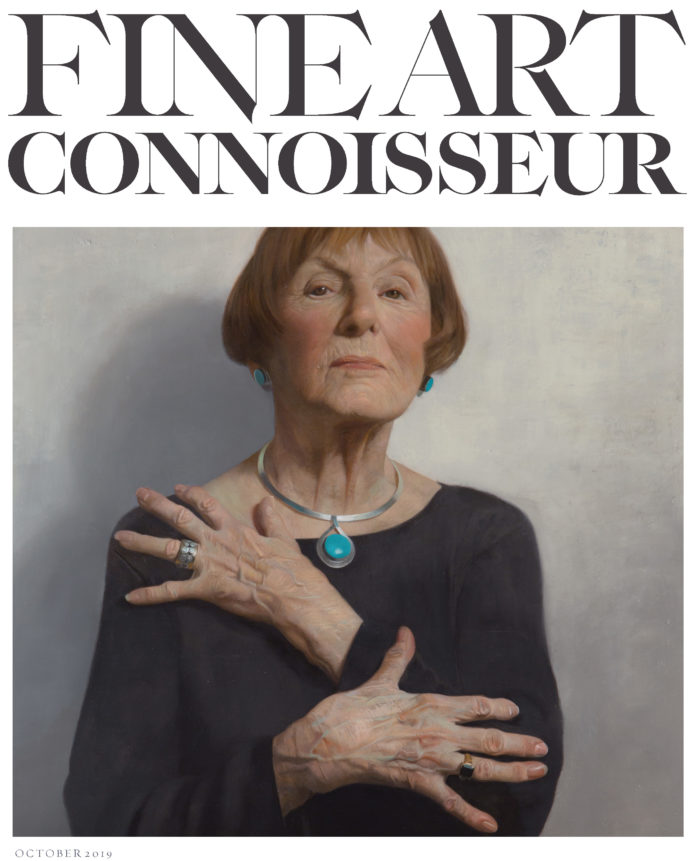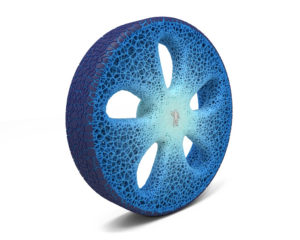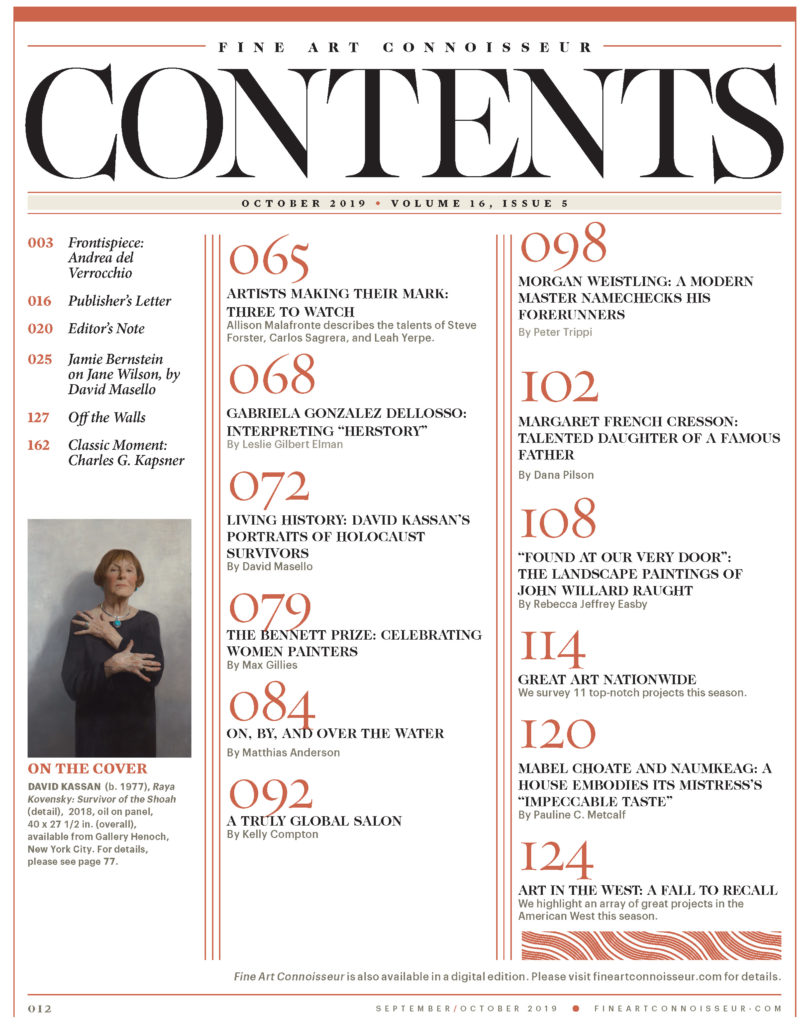
Fine Art Connoisseur September/October 2019, Editor’s Note:
In With the New — But On Our Terms
In August I visited Cooper Hewitt, the National Design Museum operated by the Smithsonian Institution in New York City. For four months in 1991, I volunteered there as an intern, and although I have returned regularly ever since, I was delighted to find it hopping with visitors on a sultry Tuesday afternoon.
On view was the latest edition of the Cooper Hewitt Design Triennial, held — as its name suggests — every three years in order to show us what’s happening in every corner of the design world. On view until January 20, the current edition was co-organized with Cube, a design museum in the Netherlands, and its overall theme is nature.
Nature is, of course, the greatest designer ever: our own bodies are nothing short of miraculous, and trees are pretty amazing, too. I could go on, but the Cooper Hewitt show moves beyond the obvious to highlight recent projects developed by 62 international teams, ranging from experimental prototypes to consumer products, immersive installations, and architectural constructions. Just for example, France’s famous Michelin tire company has invented a prototype that will make the use of rubber unnecessary. With an internal structure copied from undersea corals, this is a strong, flexible, airless tire that is 3D-printed from biologically sourced, biodegradable materials. Brilliant! I want four of them, please. Why, I wondered, are we still buying rubber tires that hurt the environment and get punctured by sharp things on the road?

Speaking of 3D printing, what a resource it is proving to be, with applications ranging from wonderful to terrifying: sturdy 3D prosthetic limbs are now custom-fitted for our wounded veterans, but terrorists are out there building 3D bombs, too. This magazine celebrates artists who create beautiful things by hand, and surely some of them are concerned that 3D technology will replicate their efforts in half the time and thus at half the cost. As art consumers, we all need to keep an eye on this, and especially to ask sellers (be they artists or galleries) exactly how our prospective purchase was made — by hand or by machine?
I was horrified last October when Christie’s sold — for $432,500 — a hideous blurry “portrait” of a male figure created by an algorithm defined by an algebraic formula. It’s a free world, so the one who paid that price can buy whatever he or she wants, but we must ensure that picture is always described as the creation of artificial intelligence, not of human imagination.
Having said this, I also hope that some of the artists we celebrate in these pages will find ways to integrate 3D into their own practices. For example, I applaud figure sculptors who model every inch of clay with their own hands, but could new technologies save them time in another phase of their process — for example, creating an armature inside their sculpture that is lighter, stronger, and more eco-friendly than the steel ones they use now? Artists are our most creative citizens, so surely they will figure this out, but first we need to ensure that our ateliers and academies don’t inadvertently ignore what their more technically sophisticated colleagues are doing elsewhere in the same studio buildings.
Bottom line: as long as the artist is in full control of the process, it’s fine art. After all, we regularly cover artists who use a camera to help create unique artworks that still reflect who they are, not who the camera manufacturer is. The camera is a machine that has saved fine artists millions of hours of meaningless work. So why not consider a 3D printer? At Cooper-Hewitt I learned that an array of possibilities awaits us all, as long as we humans remain in charge.
 Download the September/October 2019 issue here, or subscribe to Fine Art Connoisseur today so you never miss an issue.
Download the September/October 2019 issue here, or subscribe to Fine Art Connoisseur today so you never miss an issue.
Sign up to receive Fine Art Today, the free weekly e-newsletter from
Fine Art Connoisseur magazine.








Insightful article with a modern perspective by Peter Trippi, punctuated by a very realistic and definable bottom line, that it’s “fine art” as long as it’s the artist who is in control of the process. The references to tools the artist uses for the process of creation underlines the boon they are to artists who have worked long and hard to work smarter and more excellently, not harder, in achieving the results they desire, as David Hockney pointed out in the processes of some of our revered historical masters. May the artist always dominate and guide his medium, as opposed to losing control of it to any repetitive, mindless process. That’ll always be one of the chief hallmarks of Fine Art Today. Thank you, Mr. Trippi.